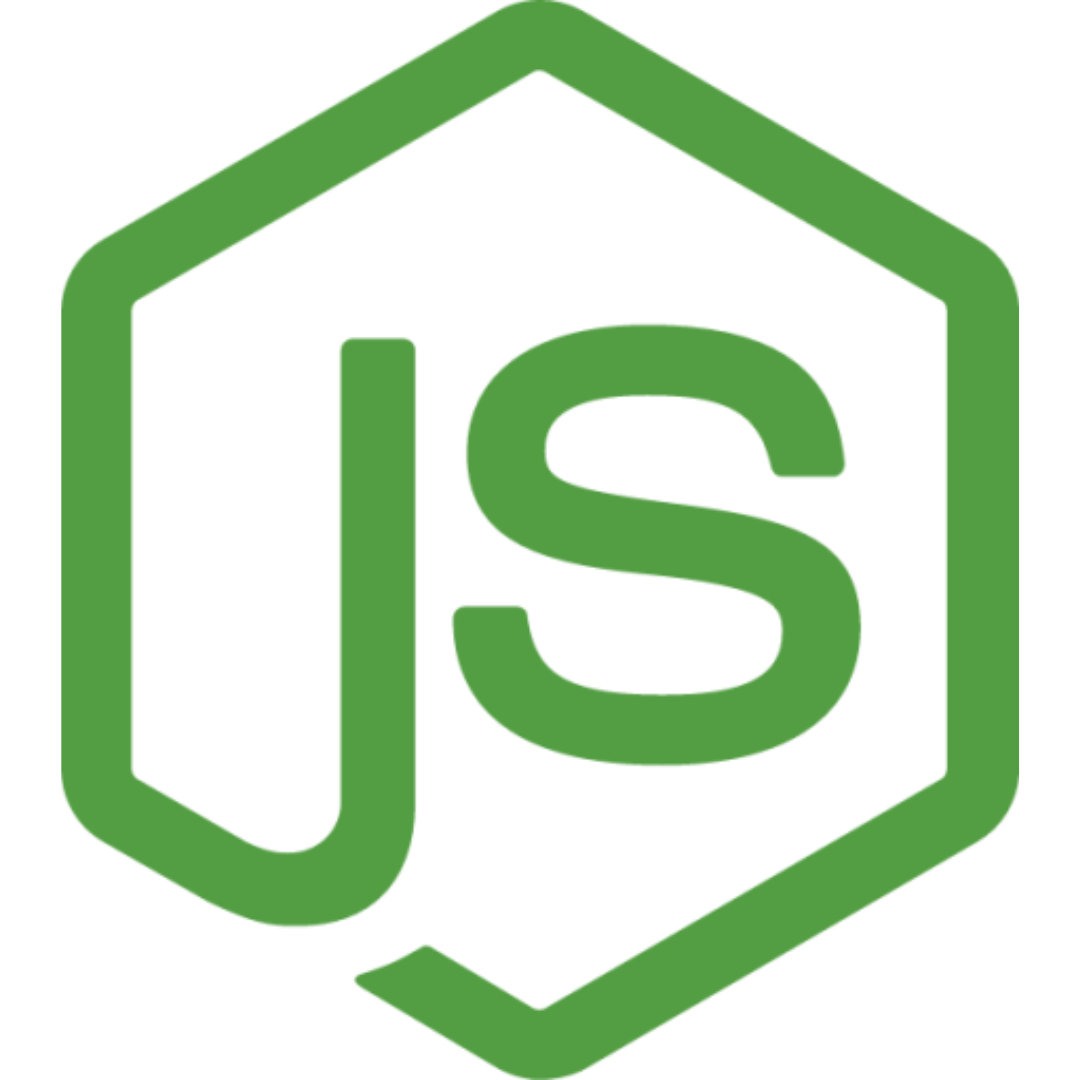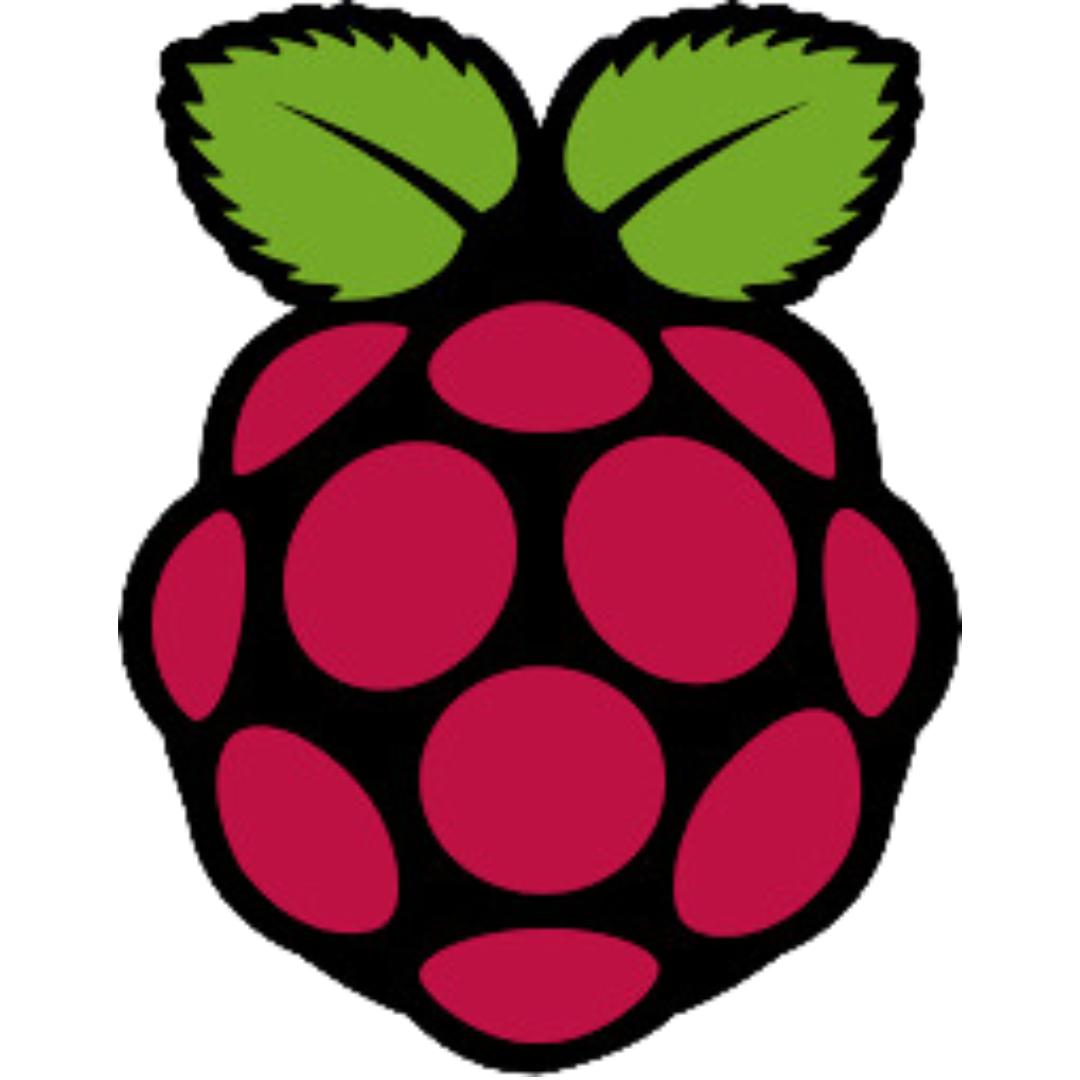
Arduino Certification
Training Course
By Swapnil Darekar
Our Arduino Programming course ventures into the realm of open-source electronics, focusing on the Arduino platform's easy-to-use hardware and software. Widely acknowledged for its versatility, Arduino serves as a powerhouse for crafting interactive projects and prototypes.
Arduino boards, equipped with microcontrollers, offer an accessible interface for programming tasks. Participants will explore the intricacies of programming these microcontrollers to process inputs from a diverse range of sensors, manage outputs, and establish seamless communication with external devices.
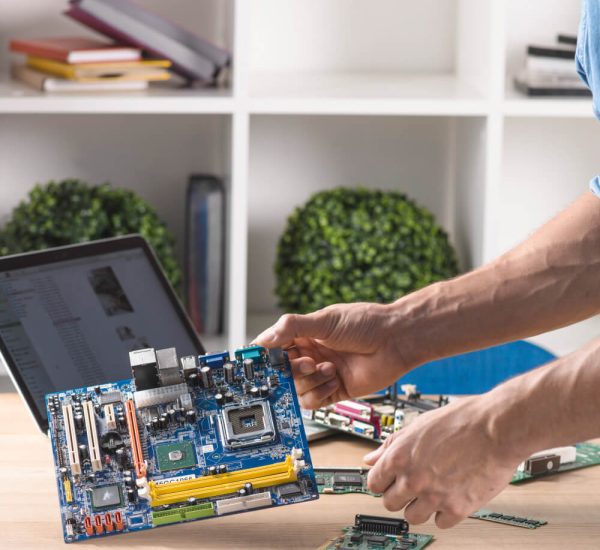
Our Students Placed In
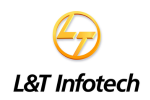







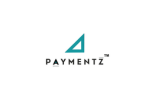
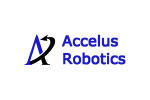


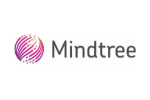

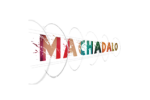
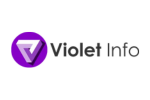
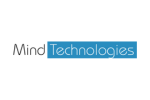
Best Arduino Course in Mumbai Topics

">
Processor/CPU

">
RAM & Storage

">
Input/Output Ports

">
Sketch

">
Setup & Loop

">
Communication Protocol

">
Arduino Libraries

">
Sensors
CHECK OTHER RELEVENT COURSES

Get Eligible For Below Designations
- Embedded System Engineer
- Firmware Engineer
- IoT Developer
- Automation Engineer
Why choose LivetechINDIA for IoT Certification?

Practical
Practical
Practical
Training & Case studies
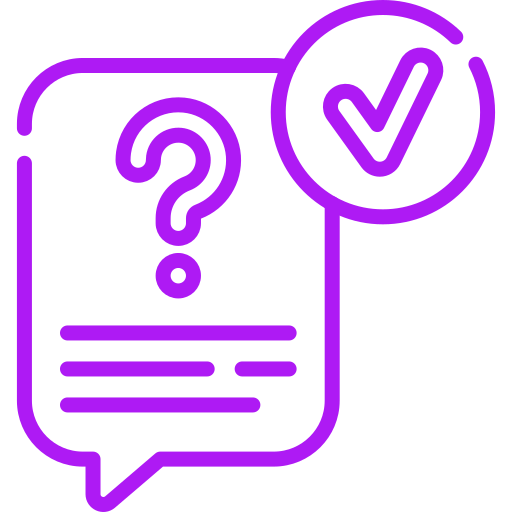
Instant
Instant
Instant
Doubt Solving
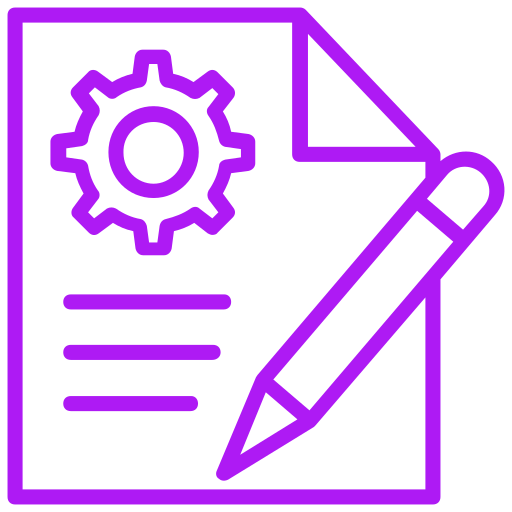
Projects
Projects
Projects
Realtime Projects
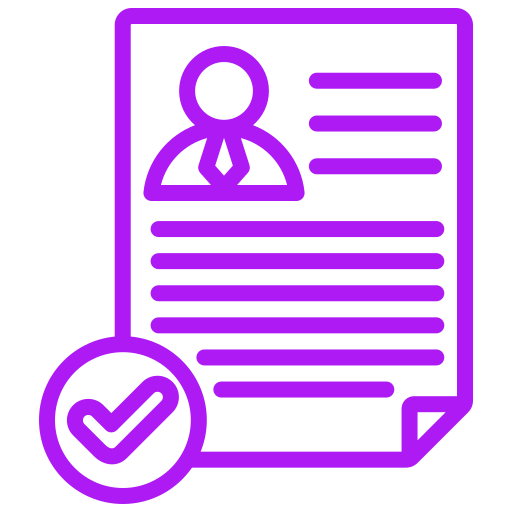
Profile
Profile
Profile
Building for interviews
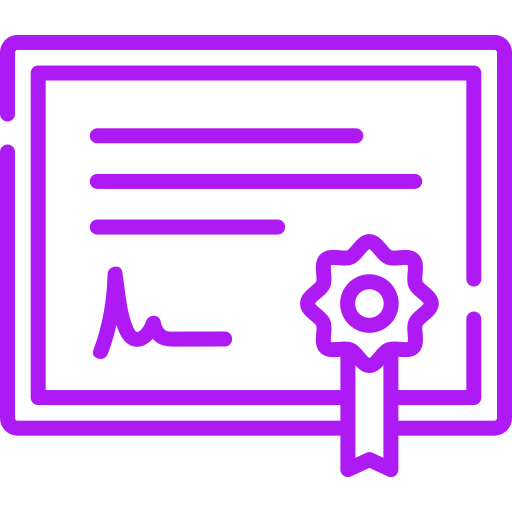
Certification
Certification
Certification
Training Program
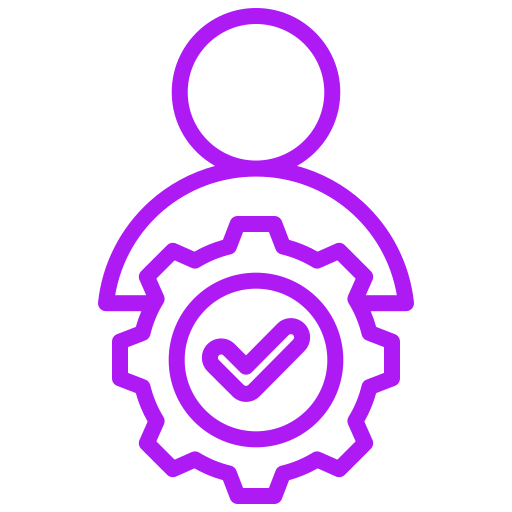
Expert
Expert
Expert
Course Trainers
Our Student Projects







500+ Google Reviews | 600+ Sulekha Reviews |
1000+ People rated 5* | Top-rated training institute for IOT in Mumbai

 mr beast2024-06-29My python internship at Live tech India was a valuable learning experience. I gained hands-on python programming skills, worked on real projects, and collaborated effectively with a supportive team. The internship significantly improved my technical proficiency and understanding of software development practices. Highly recommended for anyone looking to kickstart their career in python development.
mr beast2024-06-29My python internship at Live tech India was a valuable learning experience. I gained hands-on python programming skills, worked on real projects, and collaborated effectively with a supportive team. The internship significantly improved my technical proficiency and understanding of software development practices. Highly recommended for anyone looking to kickstart their career in python development. Priyanka2024-06-29Name :- Priyanka Hosmani Course Name :- Data Analytics with Python Instructor Name :- Mam Almas Shaikh In my opinion , Both of you taught us very well with understandable, It was an amazing experience , we are now confident that this will be useful our future studies , so thank you ...
Priyanka2024-06-29Name :- Priyanka Hosmani Course Name :- Data Analytics with Python Instructor Name :- Mam Almas Shaikh In my opinion , Both of you taught us very well with understandable, It was an amazing experience , we are now confident that this will be useful our future studies , so thank you ... Nihar Gharat2024-06-29Dear Sir Taral Mehta, I am writing to express my sincere appreciation for your outstanding instruction in our AutoCAD course. Your expertise in the subject matter and your ability to explain complex concepts in a clear and approachable manner have made learning AutoCAD a truly enriching experience. Your patience and willingness to address every question and concern have been invaluable. The practical examples and hands-on exercises you provided greatly enhanced my understanding and skills. I feel much more confident in my abilities now, thanks to your excellent teaching. Thank you for your dedication and for making the learning process both enjoyable and effective. I look forward to applying the knowledge and skills I've gained from your class in my future projects. Best regards, Dear Sir Taral Mehta, I am writing to express my sincere appreciation for your outstanding instruction in our AutoCAD course. Your expertise in the subject matter and your ability to explain complex concepts in a clear and approachable manner have made learning AutoCAD a truly enriching experience. Your patience and willingness to address every question and concern have been invaluable. The practical examples and hands-on exercises you provided greatly enhanced my understanding and skills. I feel much more confident in my abilities now, thanks to your excellent teaching. Thank you for your dedication and for making the learning process both enjoyable and effective. I look forward to applying the knowledge and skills I've gained from your class in my future projects. Best regards, [ Nihar Gharat ]
Nihar Gharat2024-06-29Dear Sir Taral Mehta, I am writing to express my sincere appreciation for your outstanding instruction in our AutoCAD course. Your expertise in the subject matter and your ability to explain complex concepts in a clear and approachable manner have made learning AutoCAD a truly enriching experience. Your patience and willingness to address every question and concern have been invaluable. The practical examples and hands-on exercises you provided greatly enhanced my understanding and skills. I feel much more confident in my abilities now, thanks to your excellent teaching. Thank you for your dedication and for making the learning process both enjoyable and effective. I look forward to applying the knowledge and skills I've gained from your class in my future projects. Best regards, Dear Sir Taral Mehta, I am writing to express my sincere appreciation for your outstanding instruction in our AutoCAD course. Your expertise in the subject matter and your ability to explain complex concepts in a clear and approachable manner have made learning AutoCAD a truly enriching experience. Your patience and willingness to address every question and concern have been invaluable. The practical examples and hands-on exercises you provided greatly enhanced my understanding and skills. I feel much more confident in my abilities now, thanks to your excellent teaching. Thank you for your dedication and for making the learning process both enjoyable and effective. I look forward to applying the knowledge and skills I've gained from your class in my future projects. Best regards, [ Nihar Gharat ] Afrin Attar2024-06-28Both of you taught us very well and we are now confident that this will be useful in our future studies, thank you for this.
Afrin Attar2024-06-28Both of you taught us very well and we are now confident that this will be useful in our future studies, thank you for this. Samruddhi Jadhav2024-06-28Samruddhi Sanjay Jadhav Python and Data science It was genuinely a nice experience with a company and almas Shaikh mam also leaned new and knowledgeable stuff about python and SQL!Thanks you!!
Samruddhi Jadhav2024-06-28Samruddhi Sanjay Jadhav Python and Data science It was genuinely a nice experience with a company and almas Shaikh mam also leaned new and knowledgeable stuff about python and SQL!Thanks you!! Srushti Rangnekar2024-06-28It was genuinely a nice experience with a company and Almas Shaikh Mam also learned new and knowledgeable stuff about python and SQL! Thank you.
Srushti Rangnekar2024-06-28It was genuinely a nice experience with a company and Almas Shaikh Mam also learned new and knowledgeable stuff about python and SQL! Thank you. SUMEDH BOLKAR2024-06-28Teachers are very good explanation is best
SUMEDH BOLKAR2024-06-28Teachers are very good explanation is best Paras Kamble2024-06-28Thank you for this great teaching
Paras Kamble2024-06-28Thank you for this great teaching Parth Mane2024-06-28Name : Parth Omswarup Mane Course: Data analytics with python Instructor name: Mamta miss Experience: Coding skills improve and it's helpfull and excellent 👌👍
Parth Mane2024-06-28Name : Parth Omswarup Mane Course: Data analytics with python Instructor name: Mamta miss Experience: Coding skills improve and it's helpfull and excellent 👌👍
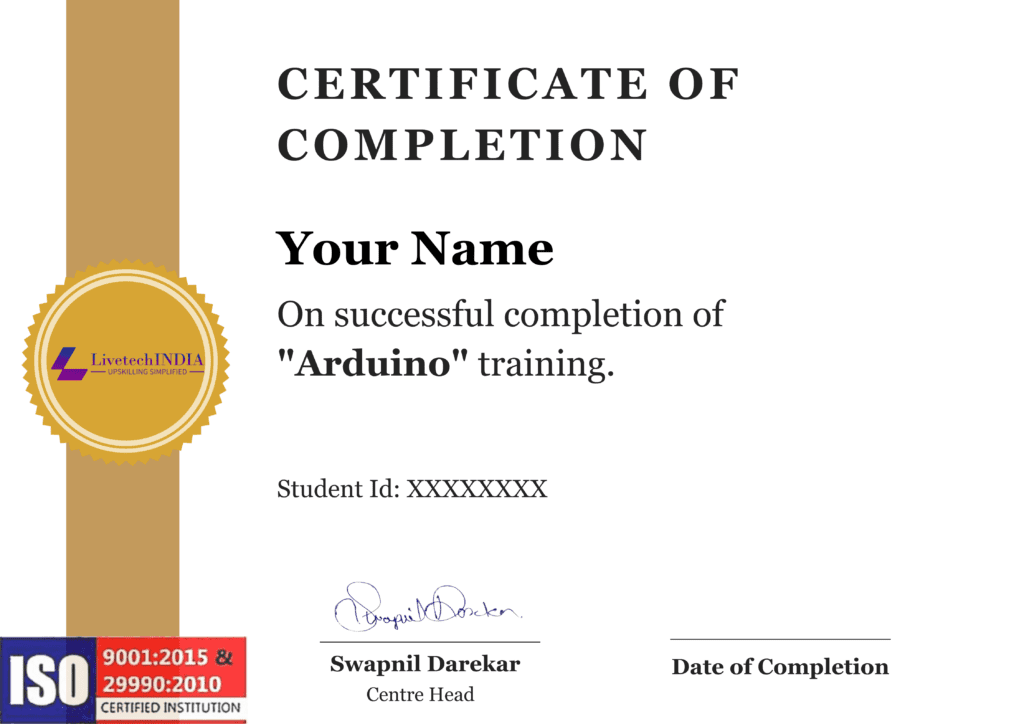
Get Arduino Course Certification Today
Become a certified Power BI expert with our specialized training program!
Frequently Asked Questions
Arduino is an open-source electronics platform based on easy-to-use hardware and software. It consists of a physical programmable circuit board (often referred to as a microcontroller) and a development environment that allows you to write and upload code to the board.
Arduino was created by a team of engineers: Massimo Banzi, David Cuartielles, Tom Igoe, Gianluca Martino, and David Mellis.
Arduino can be used for a wide range of projects, from simple LED blinking and sensor applications to more complex projects like robotics, home automation, and interactive art installations.
Arduino uses a simplified version of C++ for programming. The Arduino Integrated Development Environment (IDE) provides a convenient interface for writing, compiling, and uploading code to Arduino boards.
An Arduino board is the physical hardware that contains the microcontroller, input/output pins, and other components necessary for the board to function. Popular Arduino boards include the Arduino Uno, Arduino Nano, and Arduino Mega.
Arduino boards can be powered using a USB connection from your computer, an external power supply, or a battery. The voltage and current requirements depend on the specific Arduino board and the components connected to it.
Yes, Arduino is designed to be easily interfaced with various sensors, actuators, and electronic components. This allows you to create projects that can sense and respond to the physical world.
To upload code to an Arduino board, you connect the board to your computer using a USB cable, open the Arduino IDE, write or open your code, and then click the “Upload” button. The code is compiled and transferred to the Arduino board.
Yes, Arduino is known for its beginner-friendly nature. The open-source community and extensive documentation make it accessible for people with varying levels of experience in electronics and programming.

